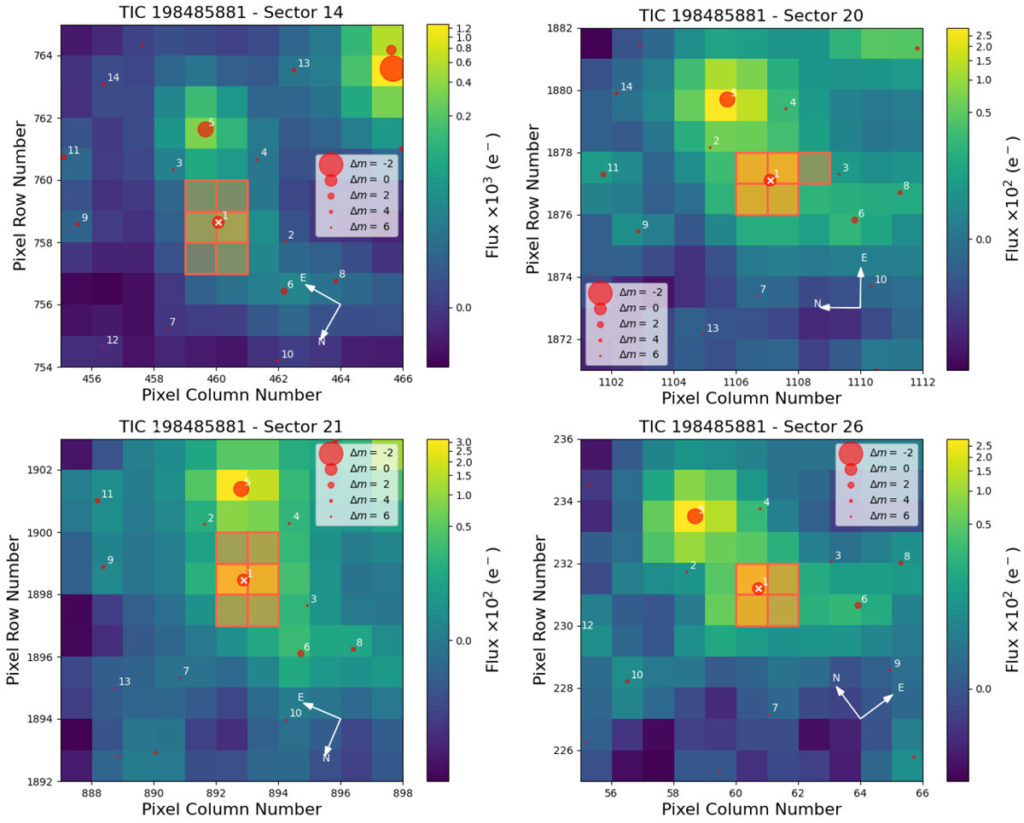
Eccentric exoplanet discovered Led by the University of Bern, an international research team has discovered a sub-Neptune exoplanet orbiting a red dwarf star...
Read More

Eccentric exoplanet discovered Led by the University of Bern, an international research team has discovered a sub-Neptune exoplanet orbiting a red dwarf star...
Read More
Artist’s impression of Earth-sized planets orbiting a red dwarf star. Credit: @ NASA, ESA, and G.Bacon (STScI)
Computer simulations by astrophysicists at the University of Bern of the formation of planets orbiting in the habitable zone of low mass stars such as Proxima Centauri show that these planets are most likely to be roughly the size of Earth and to contain large amounts of water. In August 2016, the announcement of the discovery of a terrestrial exoplanet orbiting in the habitable zone of Proxima Centauri stimulated the imagination of the experts and the general public. After all this star is the nearest star to our sun even though it is 10X less massive and 500X less luminous...
Read More
This artist’s impression shows a view of the surface of the planet Proxima b orbiting the red dwarf star Proxima Centauri, the closest star to the Solar System. The double star Alpha Centauri AB also appears in the image to the upper-right of Proxima itself. Proxima b is a little more massive than the Earth and orbits in the habitable zone around Proxima Centauri, where the temperature is suitable for liquid water to exist on its surface. Credit: ESO/M. Kornmesser
Pale Red Dot campaign reveals Earth-mass world in orbit around Proxima Centauri using ESO telescopes and other facilities. The long-sought world, Proxima b, orbits its cool red parent star every 11 days and has a temperature suitable for liquid water to exist on its surface...
Read More
Rendering of a possible alien Exo-planet. Elements of this image furnished by NASA. (Stock image) Credit: © mode_list / Fotolia
New research has revealed fewer than predicted planets may be capable of harboring life because their atmospheres keep them too hot. When looking for planets that could harbor life, scientists look for planets in the ‘habitable zones’ around their stars – at the right distance from the stars to allow water to exist in liquid form. Traditionally, this search has focused on looking for planets orbiting stars like our Sun, in a similar way to Earth.
However, recent research has turned to small planets orbiting very close to stars called M dwarfs, or red dwarfs, which are much smaller and dimmer than the Sun...
Read More
Recent Comments